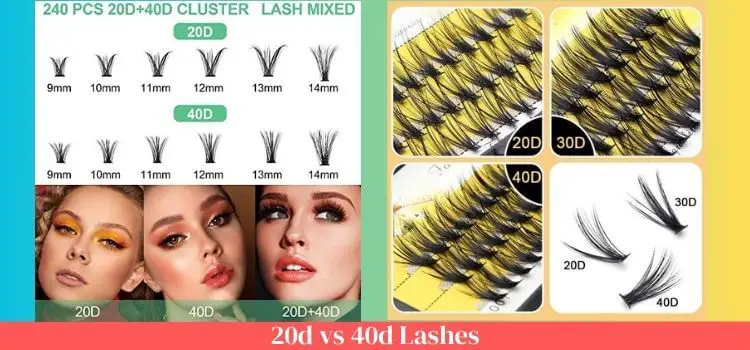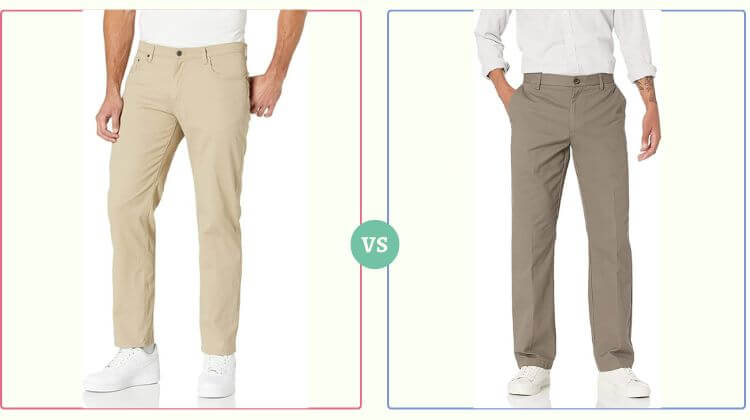As an Amazon Associate, I earn from qualifying purchases.

When it comes to working efficiently in trades that demand various tools, the debate between tool vests and tool belts is common. Both serve the purpose of keeping your devices within arm’s reach, but they have distinct features that cater to different work styles and preferences. Let’s explore the characteristics of each and help you decide which one aligns best with your work routine.
2. Tool Vests: A Comprehensive Overview
2.1 What is a Tool Vest?
A tool vest is a wearable garment with multiple pockets and pouches to hold tools, equipment, and accessories. It typically resembles a fishing vest but is equipped with compartments of varying sizes to accommodate a diverse range of devices.
2.2 Advantages of Using a Tool Vest
- Enhanced Mobility: Tool vests distribute weight evenly across your upper body, reducing strain on your lower back.
- Increased Carrying Capacity: The numerous pockets allow you to carry many tools without constant trips to your toolbox.
- Better Organization: Tool vests provide designated spaces for different tools, making locating and retrieving items quickly easier.
2.3 Drawbacks of Using a Tool Vest
- Weight Distribution: While even weight distribution is an advantage, a heavily loaded vest might become uncomfortable over extended periods.
- Bulkiness: Some tool vests can feel bulky, limiting your movement in tight spaces.
3. Tool Belts: A Detailed Examination
3.1 What is a Tool Belt?
A tool belt is an accessory with attached pouches and holders that carry tools and equipment. It’s worn around the waist and provides easy access to tools.
3.2 Advantages of Using a Tool Belt
- Quick Access: With tools at your waist, you can grab what you need without turning or stretching.
- Less Bulk: Tool belts are generally less bulky than tool vests, offering more maneuverability.
3.3 Drawbacks of Using a Tool Belt
- Limited Carrying Capacity: Tool belts have a finite number of pockets, which may restrict the number and variety of tools you can carry.
- Uneven Weight Distribution: A tool belt may put more strain on your lower back, especially if it’s heavily loaded.
4. Key Differences Between Tool Vests and Tool Belts
4.1 Carrying Capacity
Tool vests offer greater carrying capacity with numerous pockets, making them suitable for professionals needing a wide range of tools. Tool belts are ideal for those requiring only a select set of devices due to their limited pouches.
4.2 Mobility and Comfort
Tool vests evenly distribute weight, reducing strain and enhancing mobility. Tool belts offer better movement in confined spaces due to their slimmer profile.
4.3 Organization and Accessibility
Tool vests excel in organization, with specific pockets for different tools. Tool belts provide quick access, but locating specific tools might take more effort.
5. Choosing the Right Option for You
The choice between a tool vest and a tool belt depends on your work style, the variety of tools you use, and your personal comfort preferences. Consider the tasks you frequently undertake and the tools you need close at hand.
6. Real-World Applications: Scenarios for Tool Vests and Tool Belts
- Tool Vests: Ideal for construction workers, electricians, and technicians handling extensive tool collection.
- Tool Belts: Suitable for tasks that require agility, such as carpentry and plumbing, where easy access to a few essential tools is essential.
7. Tips to Increase the Effectiveness of Your Selected Alternative
- Tool Vests: Distribute weight evenly, and organize tools according to frequency of use.
- Tool Belts: Arrange tools strategically for quick access and minimal movement.
8. Maintenance and Care
Both tool vests and belts require regular cleaning and inspection to ensure longevity. Follow manufacturer guidelines for maintenance.
9. Price Comparison
Tool vests are slightly more expensive due to their increased carrying capacity. Tool belts are generally more budget-friendly.
10. User Reviews and Recommendations
Before making a decision, read user reviews and seek recommendations from colleagues in your industry to understand real-world experiences.
11. Conclusion
There’s no one-size-fits-all answer in the tool vest vs. tool belt debate. Your choice should align with your work style, tool requirements, and personal comfort. Before deciding, it is essential to consider both the benefits and drawbacks of each option.
12. FAQs
- Q: Can a tool vest be used for tasks that involve frequent bending and kneeling? A: Yes, but you might find a tool belt more convenient in such scenarios due to its waist placement.
- Q: Are there tool vests with adjustable straps for a snug fit? A: Many tool vests have adjustable straps to ensure a comfortable fit.
- Q: Can I wear a tool belt over a tool vest for added storage? A: It may feel cumbersome and restrict your movement.
- Q: Are there specialized tool vests for specific professions? A: Yes, some manufacturers offer tool vests tailored to the needs of electricians, carpenters, and other trades.
- Q: Can I purchase these accessories online? A: You can explore various options and reviews online before purchasing.





